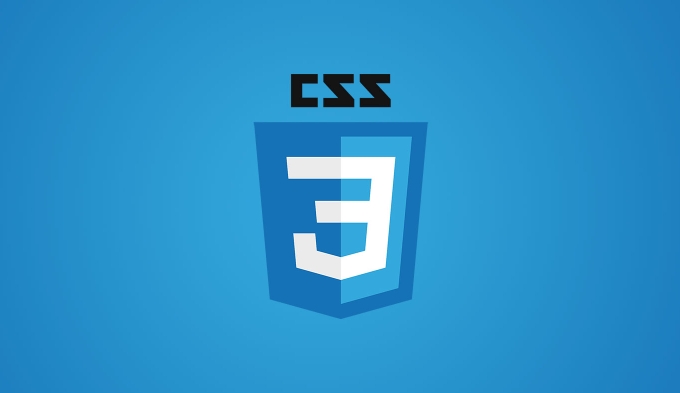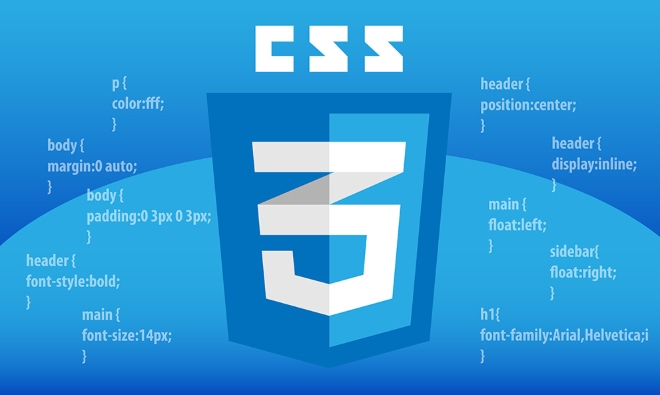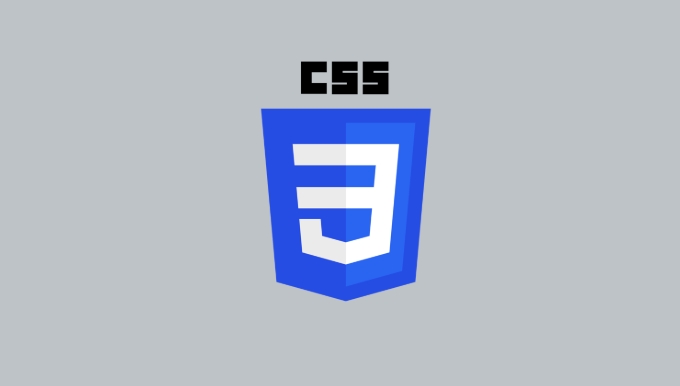CSS custom properties improve the flexibility and maintainability of the theme system through variables. It starts with --, such as --primary-color, and calls through var(), supports global and local definitions, and can be dynamically modified through JavaScript. When implementing, the default theme is usually defined in :root, other theme styles are defined in the class, and topic changes are implemented by switching the class name. It is recommended to use the setTheme function to modify the body class name and combine it with local storage to remember user preferences. Notes include: compatibility issues, coverage of variable scope affecting values, increasing debugging difficulty, and avoiding excessive abstraction. The rational use of CSS variables can effectively simplify topic management, and pay attention to details that are easily overlooked.

When implementing a theme system, using CSS custom properties (which are commonly referred to as CSS variables) is a very practical and flexible way to do it. Not only do they make style management clearer, they also dynamically switch topics without reloading pages.

What are CSS custom properties?
CSS custom properties allow you to declare variables in CSS and reuse them throughout the stylesheet. These variables start with two hyphens, such as --primary-color: #333 and are called via var(--primary-color) .

Their greatest advantage lies in inheritance and operability . You can define variables in :root as global variables, or nest them in a certain class or component as local variables. What's more, JavaScript can easily modify them, which is very theme-to-switch.
How to organize the topic variable structure?
To use CSS variables for multiple topics, it is recommended to design a variable naming structure first. The usual practice is:

- Define the default theme in
:root - Define other topic variables under specific class names, such as
.theme-dark
:root {
--color-bg: #ffff;
--color-text: #000;
--primary-color: blue;
}
.theme-dark {
--color-bg: #111;
--color-text: #eee;
--primary-color: cyan;
} In this way, you only need to add/remove the .theme-dark class to the body or container, and you can switch themes with one click.
How to operate the topic switching
The core of implementing topic switching is JavaScript to dynamically modify the class name of the DOM element or directly set variables. The recommended approach is to control the class name instead of setting variables one by one, which makes it easier to maintain.
For example:
function setTheme(themeName) {
document.body.className = themeName;
}If there are more topics in the future, you just need to extend the CSS file without changing the JS. If you want to be a little more flexible, you can also combine data attributes or local storage to remember user preferences.
Frequently Asked Questions and Precautions
There are some easy things to ignore when using CSS variables to do topics:
- Browser compatibility : Modern browsers basically support it, but if you need to be compatible with IE, you have to find an alternative.
- Variable scope : The scope of a variable is determined by the CSS selector it is located in, and the nesting level affects the final value.
- Debugging difficulty : Sometimes variables are overwritten and are not easy to find, so you can use the browser developer tools to view the current calculated value.
- Don't overuse : Although variables are powerful, not all colors or sizes need to be abstracted into variables, keeping them simpler to maintain.
Basically that's it. Using CSS custom properties well can make your theme system flexible and easy to maintain, and the details that are not complicated but easily overlooked are also worth paying attention to.
The above is the detailed content of Implementing CSS Custom Properties (Variables) for themes. For more information, please follow other related articles on the PHP Chinese website!

Hot AI Tools

Undress AI Tool
Undress images for free

Undresser.AI Undress
AI-powered app for creating realistic nude photos

AI Clothes Remover
Online AI tool for removing clothes from photos.

Clothoff.io
AI clothes remover

Video Face Swap
Swap faces in any video effortlessly with our completely free AI face swap tool!

Hot Article

Hot Tools

Notepad++7.3.1
Easy-to-use and free code editor

SublimeText3 Chinese version
Chinese version, very easy to use

Zend Studio 13.0.1
Powerful PHP integrated development environment

Dreamweaver CS6
Visual web development tools

SublimeText3 Mac version
God-level code editing software (SublimeText3)

Hot Topics
 How can I include CSS only on some pages?
Jun 11, 2025 am 12:01 AM
How can I include CSS only on some pages?
Jun 11, 2025 am 12:01 AM
There are three ways to selectively include CSS on a specific page: 1. Inline CSS, suitable for pages that are not frequently accessed or require unique styles; 2. Load external CSS files using JavaScript conditions, suitable for situations where flexibility is required; 3. Containment on the server side, suitable for scenarios using server-side languages. This approach can optimize website performance and maintainability, but requires balance of modularity and performance.
 Flexbox vs Grid: Understanding the Key Differences in CSS Layout
Jun 10, 2025 am 12:03 AM
Flexbox vs Grid: Understanding the Key Differences in CSS Layout
Jun 10, 2025 am 12:03 AM
Flexboxisidealforone-dimensionallayouts,whileGridsuitstwo-dimensional,complexlayouts.UseFlexboxforaligningitemsinasingleaxisandGridforprecisecontroloverrowsandcolumnsinintricatedesigns.
 Creating an Auto-Closing Notification With an HTML Popover
Jun 10, 2025 am 09:45 AM
Creating an Auto-Closing Notification With an HTML Popover
Jun 10, 2025 am 09:45 AM
The HTML popover attribute transforms elements into top-layer elements that can be opened and closed with a button or JavaScript. Popovers can be dismissed a number of ways, but there is no option to auto-close them. Preethi has a technique you can u
 What is 'render-blocking CSS'?
Jun 24, 2025 am 12:42 AM
What is 'render-blocking CSS'?
Jun 24, 2025 am 12:42 AM
CSS blocks page rendering because browsers view inline and external CSS as key resources by default, especially with imported stylesheets, header large amounts of inline CSS, and unoptimized media query styles. 1. Extract critical CSS and embed it into HTML; 2. Delay loading non-critical CSS through JavaScript; 3. Use media attributes to optimize loading such as print styles; 4. Compress and merge CSS to reduce requests. It is recommended to use tools to extract key CSS, combine rel="preload" asynchronous loading, and use media delayed loading reasonably to avoid excessive splitting and complex script control.
 How to use Lotties in Figma
Jun 14, 2025 am 10:17 AM
How to use Lotties in Figma
Jun 14, 2025 am 10:17 AM
In the following tutorial, I will show you how to create Lottie animations in Figma. We'll use two colorful designs to exmplify how you can animate in Figma, and then I'll show you how to go from Figma to Lottie animations. All you need is a free Fig
 Breaking Boundaries: Building a Tangram Puzzle With (S)CSS
Jun 13, 2025 am 11:33 AM
Breaking Boundaries: Building a Tangram Puzzle With (S)CSS
Jun 13, 2025 am 11:33 AM
We put it to the test and it turns out Sass can replace JavaScript, at least when it comes to low-level logic and puzzle behavior. With nothing but maps, mixins, functions, and a whole lot of math, we managed to bring our Tangram puzzle to life, no J
 External vs. Internal CSS: What's the Best Approach?
Jun 20, 2025 am 12:45 AM
External vs. Internal CSS: What's the Best Approach?
Jun 20, 2025 am 12:45 AM
ThebestapproachforCSSdependsontheproject'sspecificneeds.Forlargerprojects,externalCSSisbetterduetomaintainabilityandreusability;forsmallerprojectsorsingle-pageapplications,internalCSSmightbemoresuitable.It'scrucialtobalanceprojectsize,performanceneed
 Does my CSS must be on lower case?
Jun 19, 2025 am 12:29 AM
Does my CSS must be on lower case?
Jun 19, 2025 am 12:29 AM
No,CSSdoesnothavetobeinlowercase.However,usinglowercaseisrecommendedfor:1)Consistencyandreadability,2)Avoidingerrorsinrelatedtechnologies,3)Potentialperformancebenefits,and4)Improvedcollaborationwithinteams.






